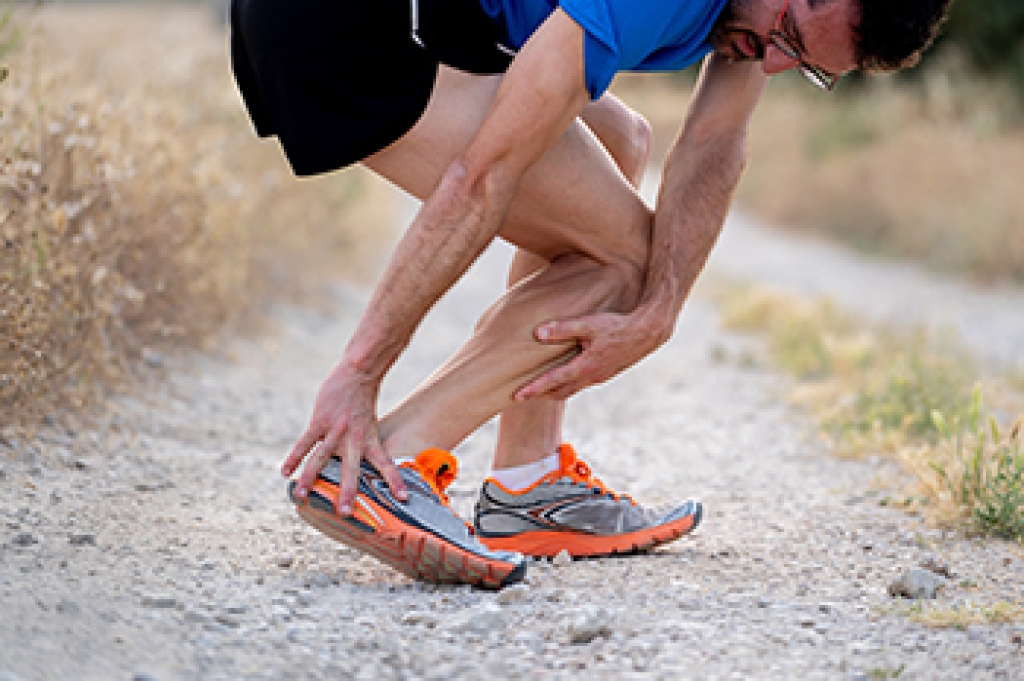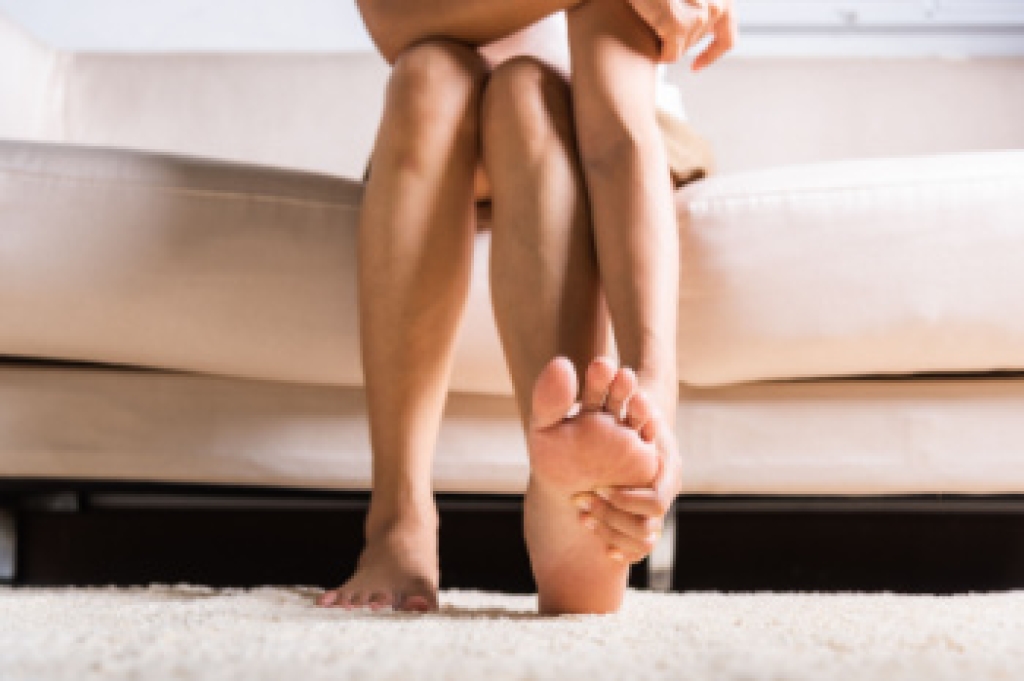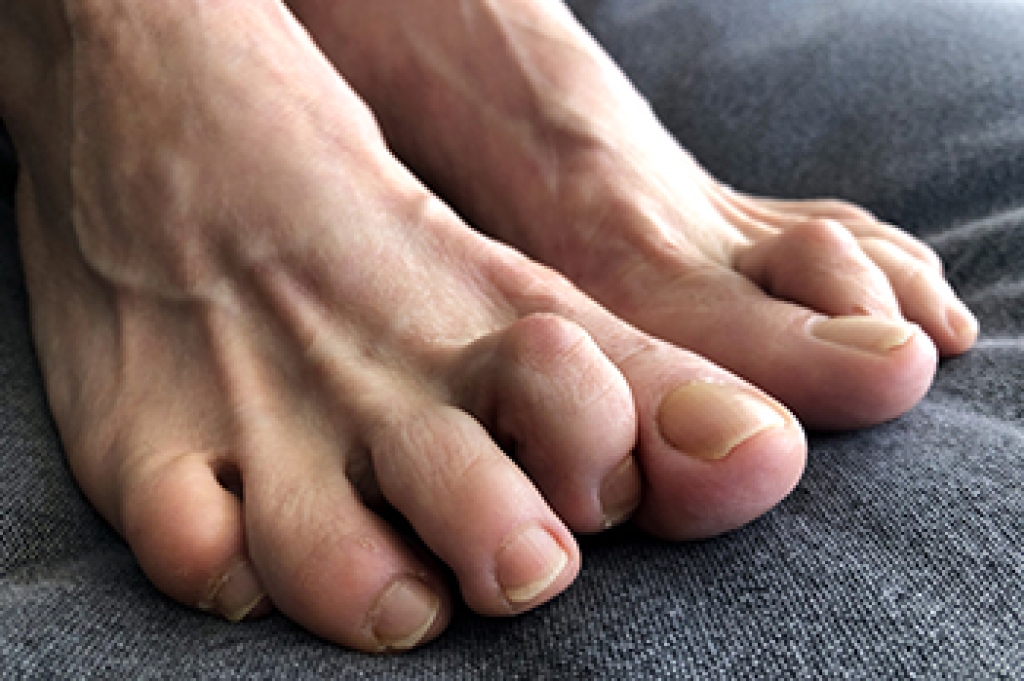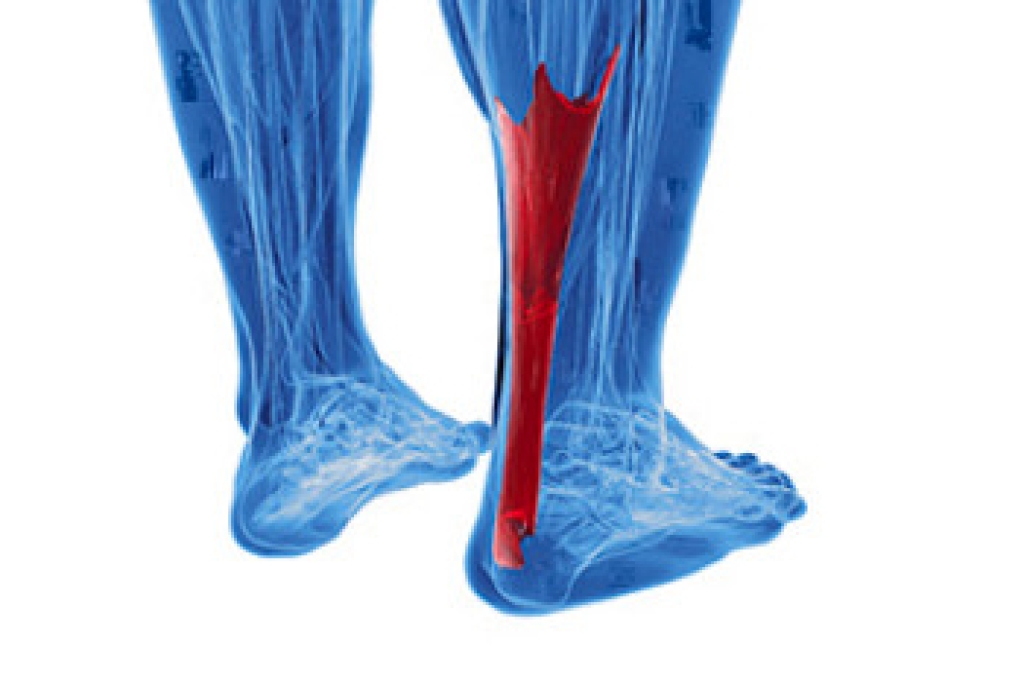
Plantar heel pain in athletes is often caused by repetitive stress on the plantar fascia, the thick band of tissue supporting the arch of the foot. Other factors include overuse, sudden increases include training intensity, or improper footwear. The biomechanical demands of sports such as running, basketball, and soccer place continuous strain on the foot, especially during jumping or rapid direction changes. Age can also play a role, with younger athletes facing growth-related conditions and older athletes experiencing wear and reduced elasticity. A podiatrist can assess movement patterns, recommend custom orthotics, and provide targeted therapies. If heel pain affects your performance, it is suggested that you seek podiatric care to restore function and support your athletic goals.
Many people suffer from bouts of heel pain. For more information, contact one of our podiatrists of Ankle N Foot. our doctors can provide the care you need to keep you pain-free and on your feet.
Causes of Heel Pain
Heel pain is often associated with plantar fasciitis. The plantar fascia is a band of tissues that extends along the bottom of the foot. A rip or tear in this ligament can cause inflammation of the tissue.
Achilles tendonitis is another cause of heel pain. Inflammation of the Achilles tendon will cause pain from fractures and muscle tearing. Lack of flexibility is also another symptom.
Heel spurs are another cause of pain. When the tissues of the plantar fascia undergo a great deal of stress, it can lead to ligament separation from the heel bone, causing heel spurs.
Why Might Heel Pain Occur?
- Wearing ill-fitting shoes
- Wearing non-supportive shoes
- Weight change
- Excessive running
Treatments
Heel pain should be treated as soon as possible for immediate results. Keeping your feet in a stress-free environment will help. If you suffer from Achilles tendonitis or plantar fasciitis, applying ice will reduce the swelling. Stretching before an exercise like running will help the muscles. Using all these tips will help make heel pain a condition of the past.
If you have any questions please contact our offices located in Chicago, Elmhurst, Bartlett, IL and Chicago, IL . We offer the newest diagnostic and treatment technologies for all your foot and ankle needs.










